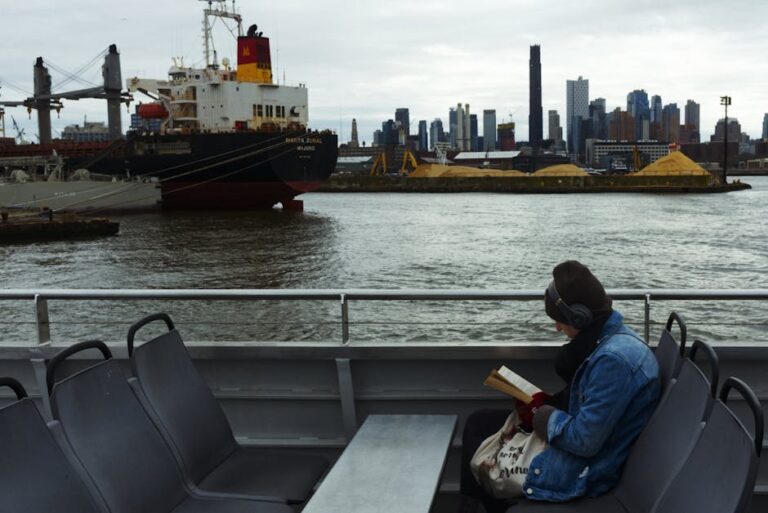Mexican Ship Accidents: A Comprehensive Overview of Causes, Consequences, and Prevention
Understanding the Scope of Mexican Ship Accidents
Mexico, with its extensive coastline bordering both the Pacific Ocean and the Gulf of Mexico, experiences a significant number of maritime accidents each year. These incidents range from minor collisions to catastrophic sinkings, impacting the environment, economy, and human lives. Understanding the complexities of these accidents requires examining various contributing factors, analyzing their consequences, and exploring potential preventive measures.
Types of Ship Accidents in Mexican Waters
The types of ship accidents occurring in Mexican waters are diverse, including but not limited to:
- Collisions: These can involve ships of various sizes and types, often resulting from navigation errors, poor communication, or adverse weather conditions.
- Groundings: Ships running aground on reefs, shoals, or other submerged obstacles are a common occurrence, often stemming from navigational inaccuracies or equipment malfunctions.
- Sinkings: Complete submersion of vessels can be caused by structural failures, overloading, severe weather, or fire.
- Fires and Explosions: These catastrophic events can rapidly lead to loss of life and significant environmental damage, often stemming from improper cargo handling, equipment malfunctions, or hazardous material leaks.
- Oil Spills: The release of oil from damaged tankers or other vessels poses a significant threat to marine ecosystems and coastal communities. These incidents often involve substantial cleanup costs and long-term ecological repercussions.
- Pirate Attacks: Though less frequent than other incidents, pirate attacks in certain regions of Mexican waters remain a concern, resulting in theft, violence, and potential loss of life.
Causes of Mexican Ship Accidents: A Multifaceted Analysis
The root causes of ship accidents in Mexican waters are multifaceted and interconnected. A thorough investigation often reveals a combination of factors contributing to these incidents. Key contributing factors include:
Human Error: A Persistent Culprit
Human error, encompassing fatigue, poor training, negligence, and inadequate decision-making, remains a leading cause of maritime accidents globally, and Mexico is no exception. Inadequate crew training, insufficient rest periods, and a lack of proper safety protocols can significantly increase the risk of accidents.
Technical Issues: Mechanical Failures and Maintenance
Mechanical failures stemming from inadequate maintenance, outdated equipment, or insufficient inspections can directly lead to accidents. Poorly maintained engines, navigational systems, or hull integrity can all contribute to catastrophic events.
Environmental Factors: Weather and Sea Conditions
Adverse weather conditions, such as storms, strong winds, and heavy seas, significantly increase the risk of accidents. These environmental factors can overwhelm even well-maintained vessels and lead to collisions, groundings, or sinkings.
Regulatory and Enforcement Challenges
Inadequate maritime regulations, enforcement challenges, and insufficient oversight can all contribute to an increase in ship accidents. Lack of stringent safety standards, ineffective inspections, and insufficient penalties for non-compliance can create a risky environment for shipping operations.

Illegal Activities and Smuggling
In some instances, illegal activities like drug smuggling or human trafficking can contribute to ship accidents. Overloaded vessels attempting to evade authorities may operate in unsafe conditions, increasing the likelihood of accidents.
Consequences of Mexican Ship Accidents: Environmental, Economic, and Human Costs
The consequences of ship accidents in Mexico extend far beyond the immediate event. These incidents often result in significant environmental damage, economic losses, and human casualties.
Environmental Impact: Damage to Marine Ecosystems
Oil spills and the release of other hazardous materials from damaged vessels can cause devastating damage to marine ecosystems. This includes harm to marine life, disruption of delicate food webs, and contamination of coastal areas, potentially impacting local fisheries and tourism.
Economic Impact: Losses and Disruptions
Ship accidents can cause significant economic losses, affecting shipping companies, insurance providers, and coastal communities. Disruptions to shipping routes, delays in cargo delivery, and the costs of cleanup and recovery can all contribute to considerable financial burdens.
Human Impact: Loss of Life and Injuries
Ship accidents often result in loss of life and injuries to crew members, passengers, and potentially individuals in nearby coastal areas. These tragedies cause immense suffering for families and communities, highlighting the human cost of maritime accidents.
Prevention and Mitigation Strategies: A Path Towards Safer Shipping
Preventing ship accidents in Mexican waters requires a multi-pronged approach involving stricter regulations, enhanced enforcement, improved training, technological advancements, and collaborative efforts among stakeholders.
Strengthening Regulatory Frameworks and Enforcement
Strengthening existing maritime regulations and improving enforcement mechanisms are crucial steps in reducing the risk of accidents. This includes implementing stricter safety standards, increasing inspections, and imposing heavier penalties for non-compliance.

Investing in Crew Training and Safety Protocols
Investing in comprehensive crew training programs, including advanced navigation techniques, emergency response procedures, and safety protocols, can significantly improve maritime safety. Regular refresher courses and simulations can enhance crew competency and preparedness.
Implementing Advanced Technologies for Navigation and Safety
Utilizing advanced technologies such as GPS tracking systems, collision avoidance systems, and real-time weather monitoring can improve navigation accuracy and reduce the risk of accidents. These technologies can aid in better decision-making and enhance safety protocols.
International Collaboration and Information Sharing
International collaboration and information sharing among maritime authorities, shipping companies, and other stakeholders are essential for addressing the challenges of maritime safety. Sharing best practices, accident reports, and lessons learned can contribute to a safer shipping environment.
Promoting Sustainable Shipping Practices and Environmental Protection
Promoting sustainable shipping practices, including the use of eco-friendly fuels and environmentally responsible cargo handling techniques, can contribute to reducing the environmental impact of shipping activities and mitigating the risks associated with oil spills and other environmental disasters.
Community Engagement and Awareness
Engaging coastal communities in maritime safety initiatives and increasing public awareness of potential risks can foster a shared responsibility for safety and help reduce the impact of accidents on local populations.






